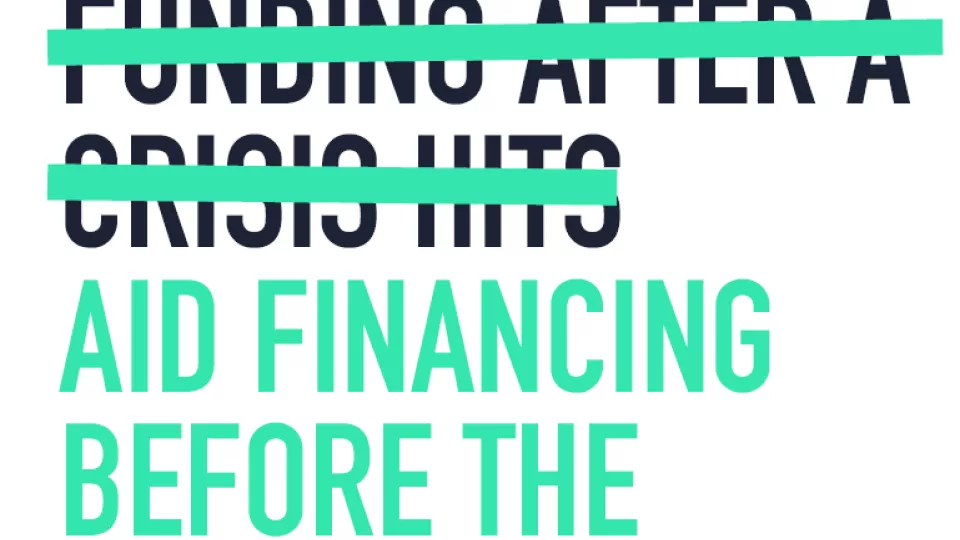
Pre-Crisis Anticipatory Action Survey
This report is the first of its kind on anticipatory action and collates voices of communities, shares their experiences and needs, prior to predictable risks. Some of our findings include; people demand the right to have access to timely, appropriate and accurate information to help keep themselves and their families safe, prior to crises. They also have the right to give feedback about humanitarian assistance.


